Indirect taxation has undergone significant changes across the world. In India, this transformation culminated with the introduction of the Goods and Services Tax (GST) on July 1, 2017, which replaced the value-added tax system introduced decades ago.
Although the introduction of VAT was a revolutionary step, GST brought a unified approach to taxation and eliminated many complexities. It is, therefore, essential that businesses, professionals and consumers alike understand the difference between GST and VAT as it clarifies how these two systems impact the economy, prices and compliance processes.
In this blog post, we will discuss the difference between GST and VAT, as well as the objectives, advantages, disadvantages, and impact on various sectors. Whether you are an owner or just a curious learner, this post will give a detailed description of both these tax systems.
- Latest Updates on GST
- What is VAT (Value Added Tax)?
- What is GST (Goods and Services Tax)?
- What is the Evolution of Indirect Taxation in India?
- What is the Difference Between GST and VAT?
- What Were the Problems Regarding VAT?
- Why Was GST Introduced?
- What is the GST and Its Cascading Effect?
- What are the Drawbacks of VAT?
- What are the Key Differences Between GST and VAT?
- What are the Benefits of GST Implementation?
- How are Value-Added Tax and GST Calculated?
- What are the International Perspectives of GST and VAT, Like those of Other Countries?
- What is the Sectoral Impact of GST and VAT?
- What are the Challenges in Transitioning from VAT to GST?
- What are the Similarities Between GST and VAT?
- In Conclusion
- FAQs
Latest Updates on GST

- Deadline for Notices Under Section 73:It has been clarified that all discrepancies for FY 2020-21 should receive notices by February 28, 2025. Notices are mostly expected to be received by November 30, 2024, ensuring timely resolution before the statutory deadline.
- Rulings on GST Inclusion in Deemed Income: In the case of Shri Chhaganbhai Jayantilal Patel, the Income Tax Appellate Tribunal, Mumbai, ruled that GST cannot be added to the computation of deemed income under Section 44B of the Income Tax Act and thereby provided relief to taxpayers who were affected by such assessments.
- Biometric-Based Aadhaar Verification Expansion: GST Network, or GSTN, expanded Aadhaar-based biometric verification to various states, including Bihar, Karnataka and Punjab, to improve the new GST registration verification process.
- Digital Aggregator GST Rulings: The Authority for Advance Rulings (AAR) ruled that Medpiper Technologies must collect 18% GST on diagnostics services offered through its platform, further cementing the possibility of GST being applicable on the total value of invoices.
- Updates to GST Payment Methods: GSTN has allowed UPI and card payments for taxpayers in Arunachal Pradesh and added new banks like IDFC First and Bandhan Bank to make payments more manageable.
What is VAT (Value Added Tax)?

A multi-stage tax is levied on the value added at each stage of production or distribution. VAT was introduced in India in 2005 to replace the old system of sales tax. Here, tax is levied at every stage, but the burden falls on the final consumer.
Key Features of VAT:
- The tax levied by state governments varies for every commodity and service.
- The input tax credit is available at every stage.
What is GST (Goods and Services Tax)?
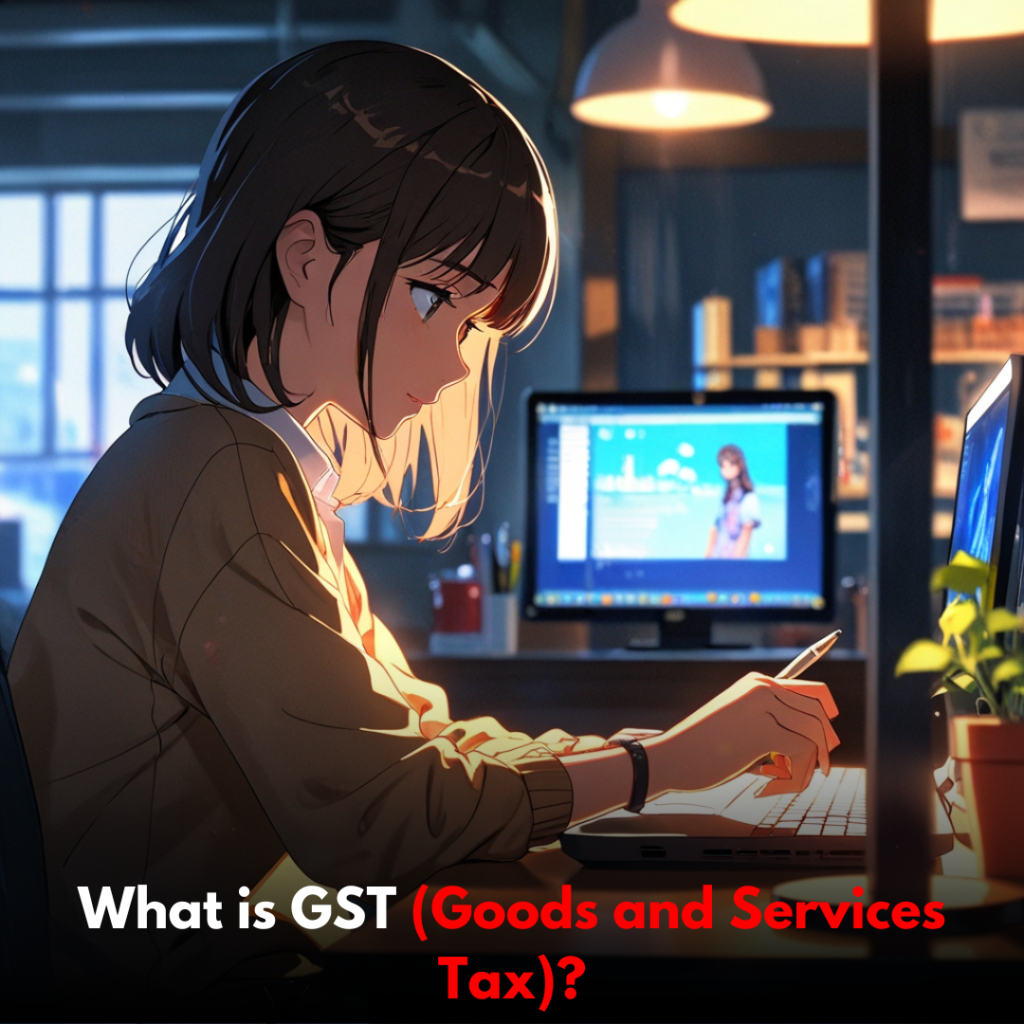
GST is a pan-India, destination-based tax levied on the supply of goods and services. It subsumes several indirect taxes like VAT, excise duty and service tax into a single tax. GST has three components, namely CGST (Central GST), SGST (State GST) and IGST (Integrated GST).
Key Features of GST:
- Integrated tax structure across the country.
- Dual system with components of Central and State GST
- Applicable to both goods and services.
What is the Evolution of Indirect Taxation in India?

India’s indirect tax system evolved from a complex maze of taxes like sales tax, excise duty and service tax to VAT and, eventually, GST. A very brief timeline is given below:
- Before 2005: Sales Tax regime
- 2005: Introduction of VAT
- 2017: Implementation of GST
Each shift was an attempt to simplify tax collection, reduce tax evasion and make the system more accessible for businesses.
What is the Difference Between GST and VAT?

We have written all the significant differences between GST and VAT in a very brief manner for you all:
Structure and Scope
- VAT: This was levied in multiple stages but was applicable only to goods. Services were taxed separately under service tax.
- GST: Inclusive, covering goods and services under a single system.
Tax Cascading
- VAT: Tax cascading was reduced to some extent, but problems remain due to different taxes levied on goods and services.
- GST: It eliminates tax cascading by integrating various indirect taxes into one.
Compliance and Filing
- VAT: VAT rates vary from state to state, and the filing process is also different.
- GST: Uniform filing process across the country, while filing of returns can be done online through the GSTN portal.
Input Tax Credit Mechanism
- VAT: Limited to state boundaries and only applicable to goods.
- GST: Seamless input tax credit across states and applicable on both goods and services.
Tax Administration
- VAT: Administered by state governments independently.
- GST: Joint administration by both Central and State governments.
What Were the Problems Regarding VAT?
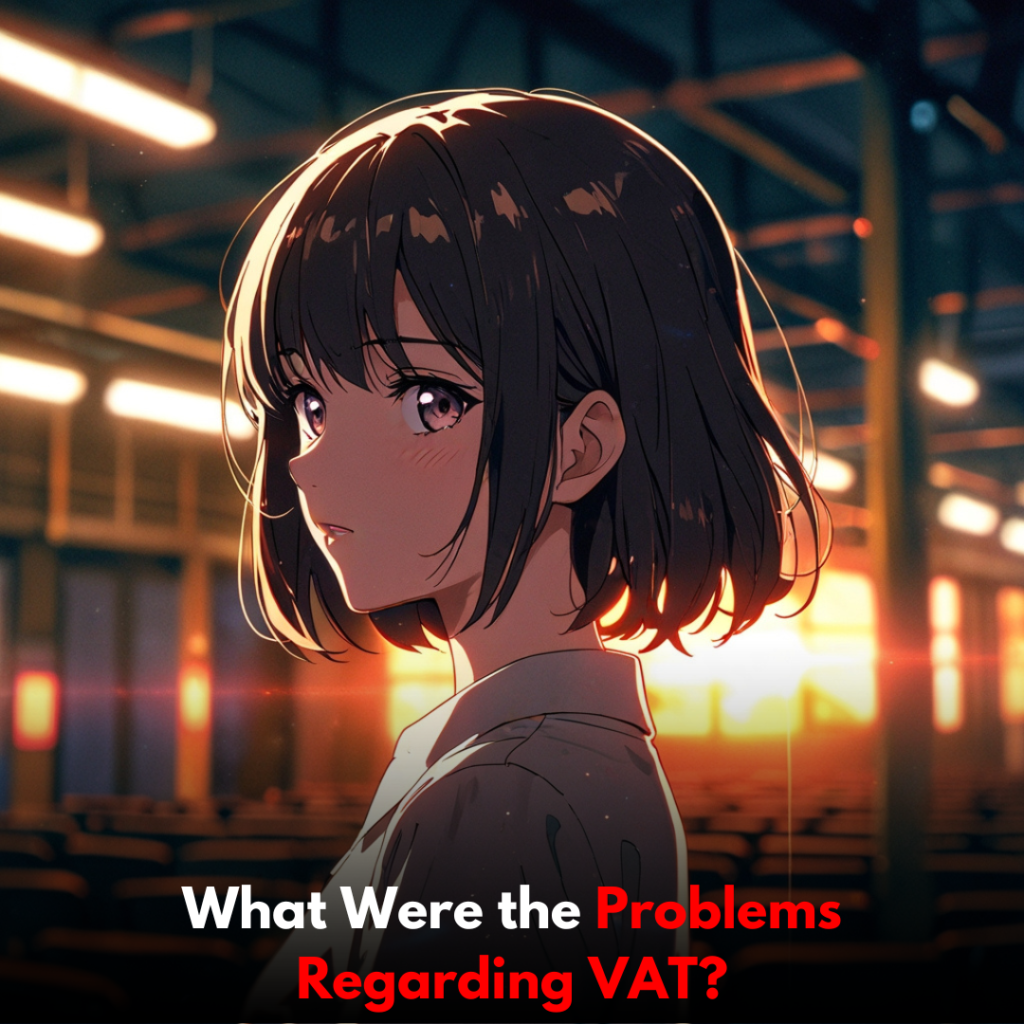
Here are all the problems regarding VAT:
- Lack of Uniformity: Different VAT rates across states created a fragmented market.
- Cascading Effect: VAT did not fully address the tax-on-tax issue.
- Separate Taxation for Services: VAT is only on goods, resulting in double taxation on both goods and services.
- Complex Compliance: Businesses had to navigate varied state
Why Was GST Introduced?

GST was introduced to address the inefficiencies of the VAT system, including:
- Reducing Tax Complexity: By consolidating multiple indirect taxes into one.
- Eliminating Cascading Effect: Ensuring tax is levied only on value addition.
- Enhancing Compliance: Through a unified and robust digital platform.
- Improving Revenue Collection: By increasing transparency and reducing tax evasion.
What is the GST and Its Cascading Effect?

Under the VAT system, taxes were levied at multiple stages without a complete set-off mechanism, leading to cascading effects of taxation. GST overcomes this by allowing input tax credit at every stage so that only value-added tax is levied.
Example of Cascading Effect in VAT:
- The manufacturer sells goods to a wholesaler for ₹100 + 10% VAT (₹10).
- The wholesaler sells to the retailer for ₹150 + 10% VAT (₹15).
- The retailer sells to the consumer for ₹200 + 10% VAT (₹20).
Here, VAT was charged on the entire value, including previously taxed amounts, increasing the consumer’s tax burden.
In GST:
The input tax credit is claimed at every stage, ensuring the final tax is only on the value added.
What are the Drawbacks of VAT?

We have summarized the drawbacks of VAT of all medicines very well below:
- Cascading Effect: Taxes were added upon taxes, making the final price higher.
- Non-Uniform Rates: VAT rates varied from state to state, leading to confusion.
- Compliance Complexity: Businesses had to comply with different state tax laws.
- No Comprehensive Service Tax: VAT was applicable only on goods, leading to separate taxation for services.
What are the Key Differences Between GST and VAT?

Here are the all Key Differences Between GST and VAT:
| Aspect | VAT | GST |
|---|---|---|
| Tax Structure | Multi-stage, goods only | Comprehensive, covers goods & services |
| Authority | State-level tax | Dual system (Central and State) |
| Cascading Effect | Partial cascading | Eliminates cascading effect |
| Input Tax Credit (ITC) | Limited to state boundaries | Seamless ITC across states |
| Compliance | State-wise filing | Unified online portal for filing |
| Tax Rate Variation | Varies across states | Uniform rates across the country |
| Tax Calculation | Based on value added at each stage | Based on supply of goods and services |
| Tax on Services | Not applicable | Applicable under GST |
| Inter-State Transactions | CST applied with limited credit | IGST ensures seamless tax credit |
| Central Control | No central control | Coordinated by both Central and State Govts |
What are the Benefits of GST Implementation?
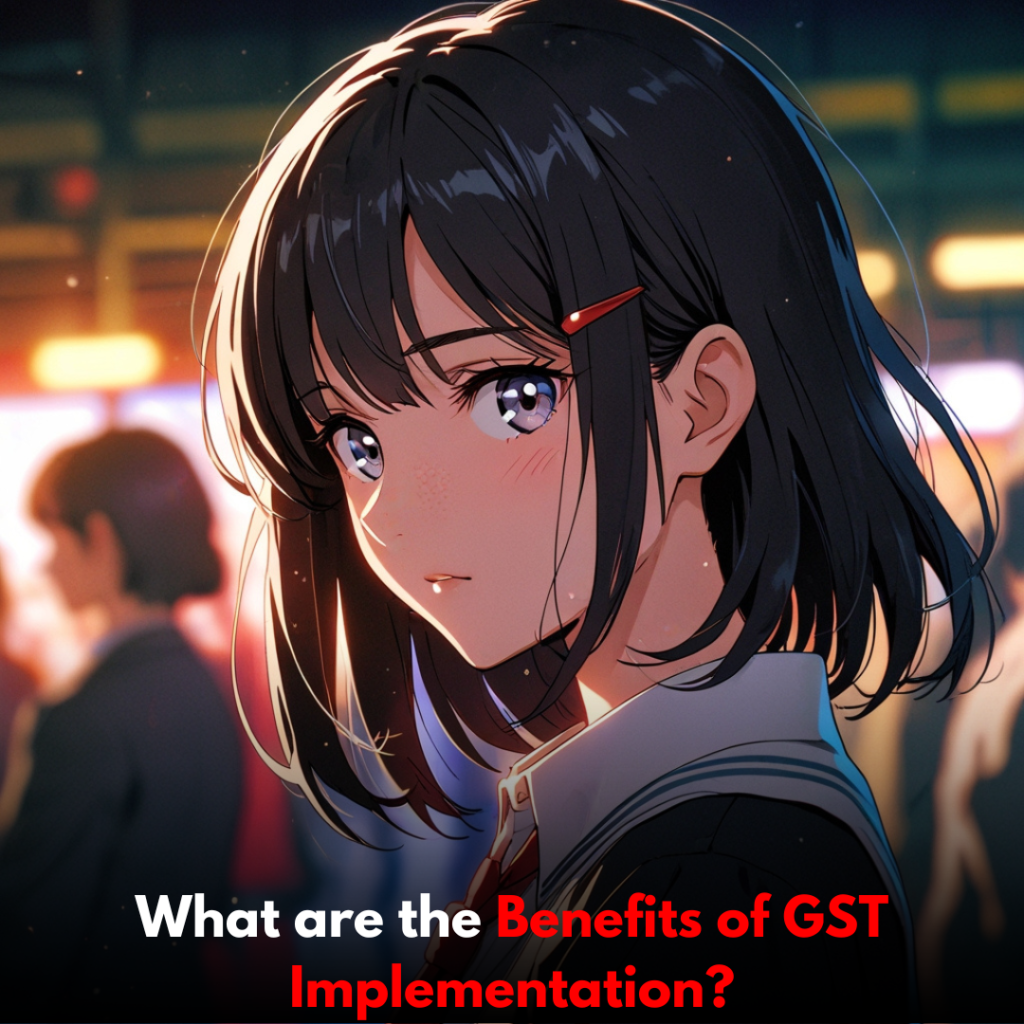
We have pretty nicely summarized the benefits of GST implementation for all of you:
- One Nation, One Tax: GST eliminates the confusion of multiple state and central taxes.
- Reduction in Cascading Tax: A seamless credit system reduces the burden of cascading taxes.
- Ease of Doing Business: Simplified compliance through the GST portal.
- Increased Revenue Transparency: GST’s robust IT infrastructure curbs tax evasion.
- Lower Logistics Costs: Removal of check posts reduced transportation time and cost.
How are Value-Added Tax and GST Calculated?

Here are the examples of Calculation of value-added tax and GST:
VAT Calculation Example:
- Cost of Product: ₹100
- VAT Rate: 10%
- VAT Amount: ₹100 x 10% = ₹10
- Selling Price to Customer: ₹110
GST Calculation Example:
- Cost of Product: ₹100
- GST Rate: 18%
- GST Amount: ₹100 x 18% = ₹18
- Selling Price to Customer: ₹118
Under GST, input tax credit ensures that the final tax burden is minimized.
What are the International Perspectives of GST and VAT, Like those of Other Countries?
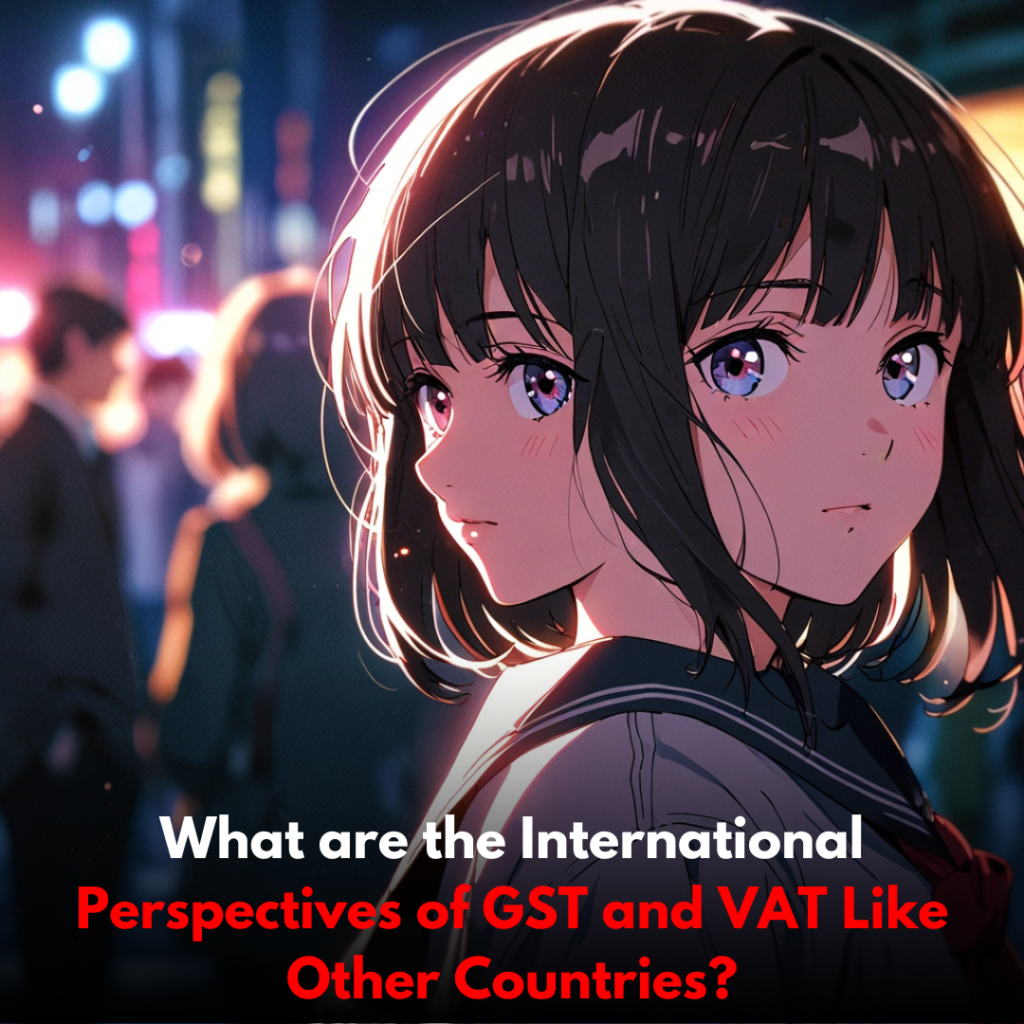
Many countries, such as Canada, Australia, and the European Union, use VAT or GST as their indirect tax systems. Although GST and VAT are functionally similar, there are notable differences in their implementation and scope.
The difference between GST and VAT lies in the fact that GST is a broader and more comprehensive tax system compared to VAT. India’s GST, which draws inspiration from global best practices, is designed to address the country’s specific needs, creating a more seamless taxation system.
Understanding the difference between GST and VAT helps businesses navigate compliance more effectively in different regions. Despite their similarities, the difference between GST and VAT is evident in their structure and application, with GST providing a more unified approach across goods and services.
What is the Sectoral Impact of GST and VAT?

We have explained to you all very well the sectoral impact of GST and VAT:
- Manufacturing Sector: GST has streamlined tax rates and improved efficiency by eliminating multiple taxes.
- Service Sector: GST has standardized service tax, thereby reducing compliance complexities.
- SMEs: Small businesses faced initial hurdles but eventually benefitted from GST due to simplified tax rates and compliance.
Related Blog Posts: Types of GST
Types of GST Registration
What are the Challenges in Transitioning from VAT to GST?

We have explained to you all about the challenges of the transition from VAT to GST very well below:
- Initial Compliance Burden: Businesses faced difficulties in transitioning to the new GST framework.
- Technical Glitches: The GST portal had initial technical glitches.
- Cost of Transition: Businesses had to invest in training and new software for GST compliance.
What are the Similarities Between GST and VAT?

GST and VAT are multi-stage, value-added tax systems where tax is levied at each stage of the supply chain, but the burden ultimately falls on the final consumer. While both GST and VAT allow input tax credits—enabling businesses to claim credit for taxes paid on inputs—there are significant differences between GST and VAT that make them distinct.
One major difference between GST and VAT is the scope and uniformity of taxation. GST is a comprehensive, destination-based tax system implemented uniformly across the country, replacing multiple indirect taxes. In contrast, VAT was applied differently by each state, leading to variations and complexities in compliance.
In Conclusion

The shift from VAT to GST is a giant leap towards a simplified and integrated tax regime in India. With the advent of GST, indirect taxation in the country has been simplified, making it more transparent, compliance-friendly, and less elaborate. The difference between GST and VAT lies in the way taxes are collected and applied, with GST merging multiple taxes into one unified system.
While VAT was profitable in its era, GST ushered in an era by combining different types of taxes into one, benefiting businesses and consumers alike. Understanding the difference between GST and VAT is essential for businesses to optimize their tax strategies and comply with the new framework.
Ultimately, an understanding of the difference between GST and VAT will help businesses and individuals better understand and navigate the tax landscape. As GST continues to evolve, it promises more transparency and ease of doing business, making it easier to see the advantages over VAT.
With GST paving the way for a more integrated market, India’s journey towards a more efficient tax system is headed towards more opportunities for growth and prosperity. The difference between GST and VAT highlights the evolution of the Indian tax system, reflecting a shift toward modernization and economic efficiency.
FAQs
Q1. Is VAT applicable on petrol?
Yes, VAT is levied on petrol and other oil products in India, which is not included in GST and is taxed differently by the state.
Q2. How many types of GST are there?
There are three types of GST in India: CGST (Central GST), SGST (State GST), and IGST (Integrated GST), which are applicable depending on the type of transaction.
Q3. What is the GST rate of alcohol?
Alcohol for human consumption is also exempt from GST in India and is taxed by the state under VAT.
Q4. Do Americans pay GST?
No, Americans do not pay GST. Instead, the U.S. uses a sales tax system in which taxes are levied at the point of sale by individual states.
Q5. Can VAT be refunded?
Yes, in some instances, VAT is refundable, such as exports, wherein VAT paid on inputs can be reclaimed under the input tax credit mechanism.

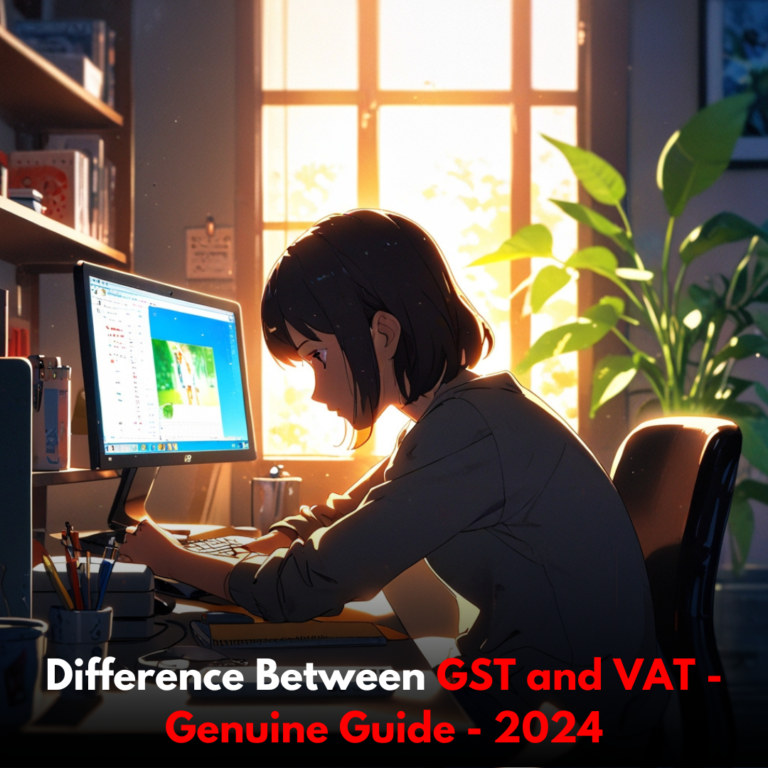
Add a Comment